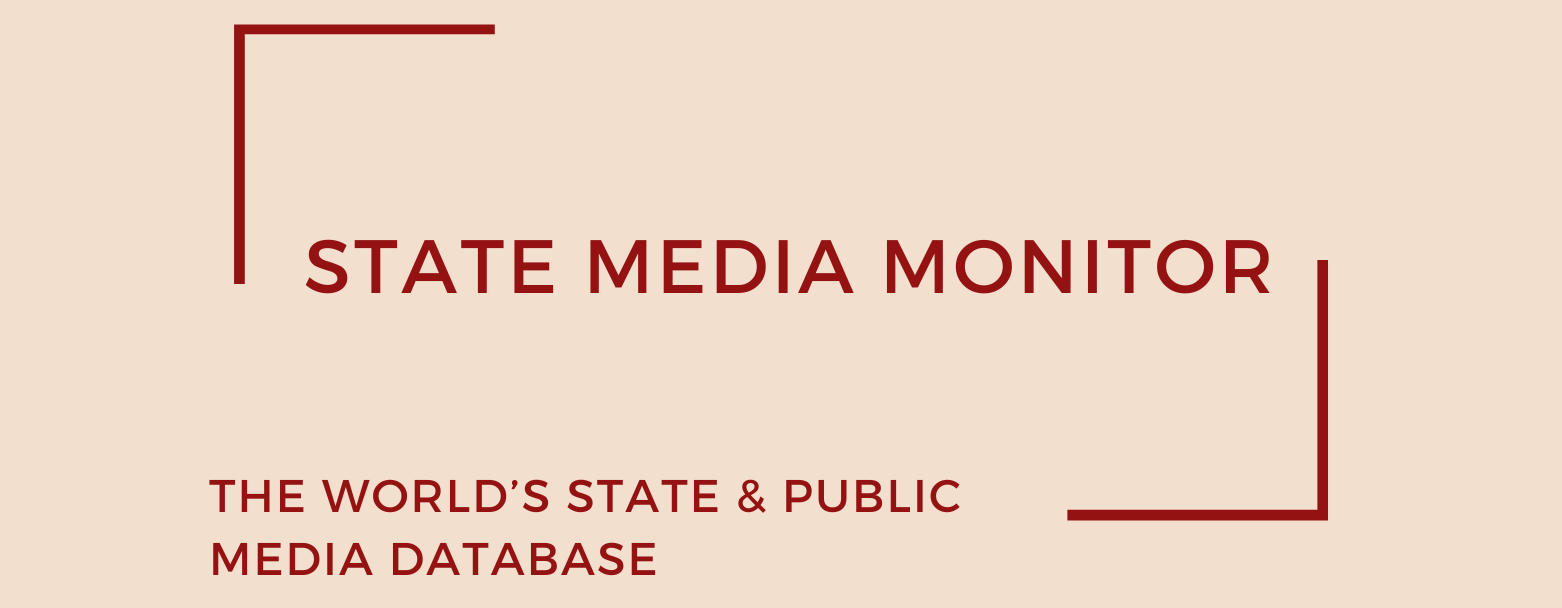People’s Daily
Founded in June 1948, People’s Daily has grown into the largest newspaper group in China, commanding worldwide influence with a combined domestic and international circulation of around three million copies—a figure that places it among the top ten highest‑circulation newspapers globally per UNESCO and reference sources.
Media assets
Publishing: People’s Daily (Renmin Ribao), People’s Daily Oveseas Edition, People’s Daily Tibetan Edition, Global Times
State Media Matrix Typology
Captured Public/State Managed/Owned Media (CaPu)
Ownership and governance
As the official mouthpiece of the Central Committee of the Chinese Communist Party (CCP), People’s Daily serves as a direct conduit for the Party’s policies and ideological messaging. It is overseen exclusively by the CCP and managed through the People’s Daily Press, a ministerial-level institution.
In September 2024, Yu Shaoliang assumed the role of President of People’s Daily Press, and concurrently relinquished his position as Editor-in-Chief. His editorial responsibilities were handed over to Chen Jianwen.
Source of funding and budget
The newspaper earns income from both advertising and government subsidies, although it does not open its books to the public. According to interviews with local journalists in June 2023, June 2024 and May 2025, its online operations alone yielded roughly CNY 2.2 billion (about USD 345 million) in 2021, while total income that year reached around CNY 12.1 billion (approximately USD 1.9 billion).
In 2023, operating income stood at CNY 2.115 billion (USD 289 million), up nearly 7% year-on-year, with CNY 1.1 billion generated from advertising and a further CNY 538 million from its second-largest revenue stream, per data from the Media and Journalism Research Center.
Editorial independence
Strictly speaking, People’s Daily functions as a state-controlled propaganda organ, aligning closely with the CCP’s editorial line. It employs so-called “writing task groups” (写作任务组), which are used to craft content that reflects the Party’s official perspective.
While some observers acknowledge that it may enjoy a modicum of editorial leeway, there is no legal framework or independent oversight in place to assess or guarantee its impartiality.
The organization has also ventured into data services, through a unit called People’s Data, supplying overseas social media analysis to judicial and party organs and offering corporate tools like the censorship‑aiding service Renmin Shenjiao.
August 2025
Citation (cite the article/profile as part of):
Dragomir, M. (2025). State Media Monitor Global Dataset 2025.
Media and Journalism Research Center (MJRC).
Zenodo.
https://doi.org/10.5281/zenodo.17219015
This article/profile is part of the State Media Monitor Global Dataset 2025, a continuously updated dataset published by the Media and Journalism Research Center (MJRC).
